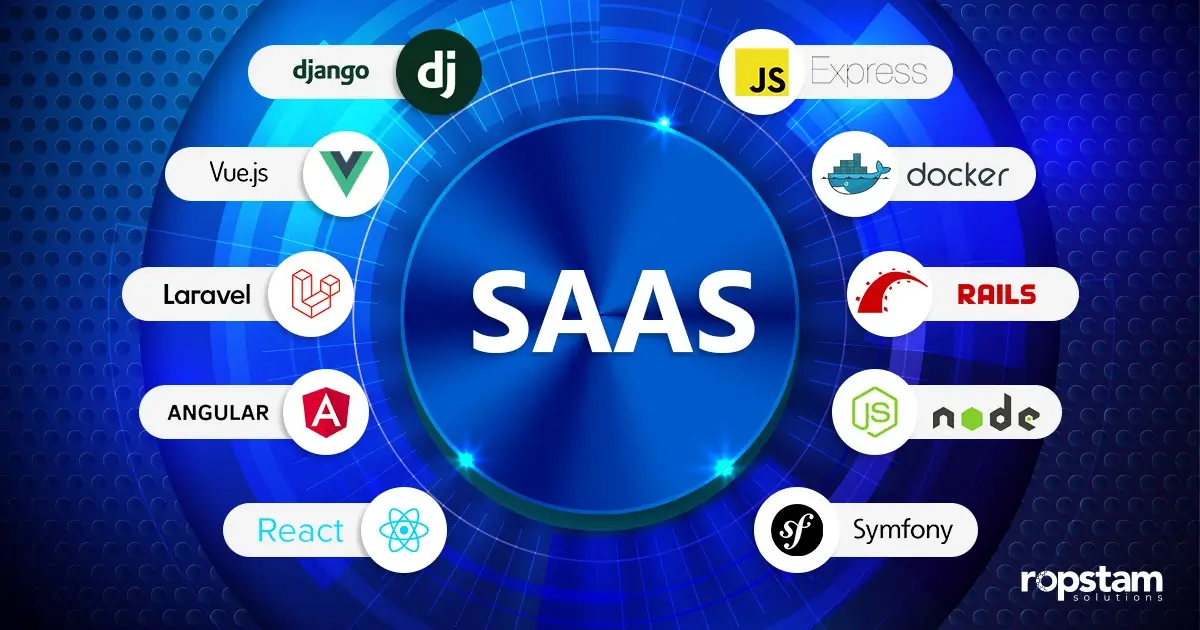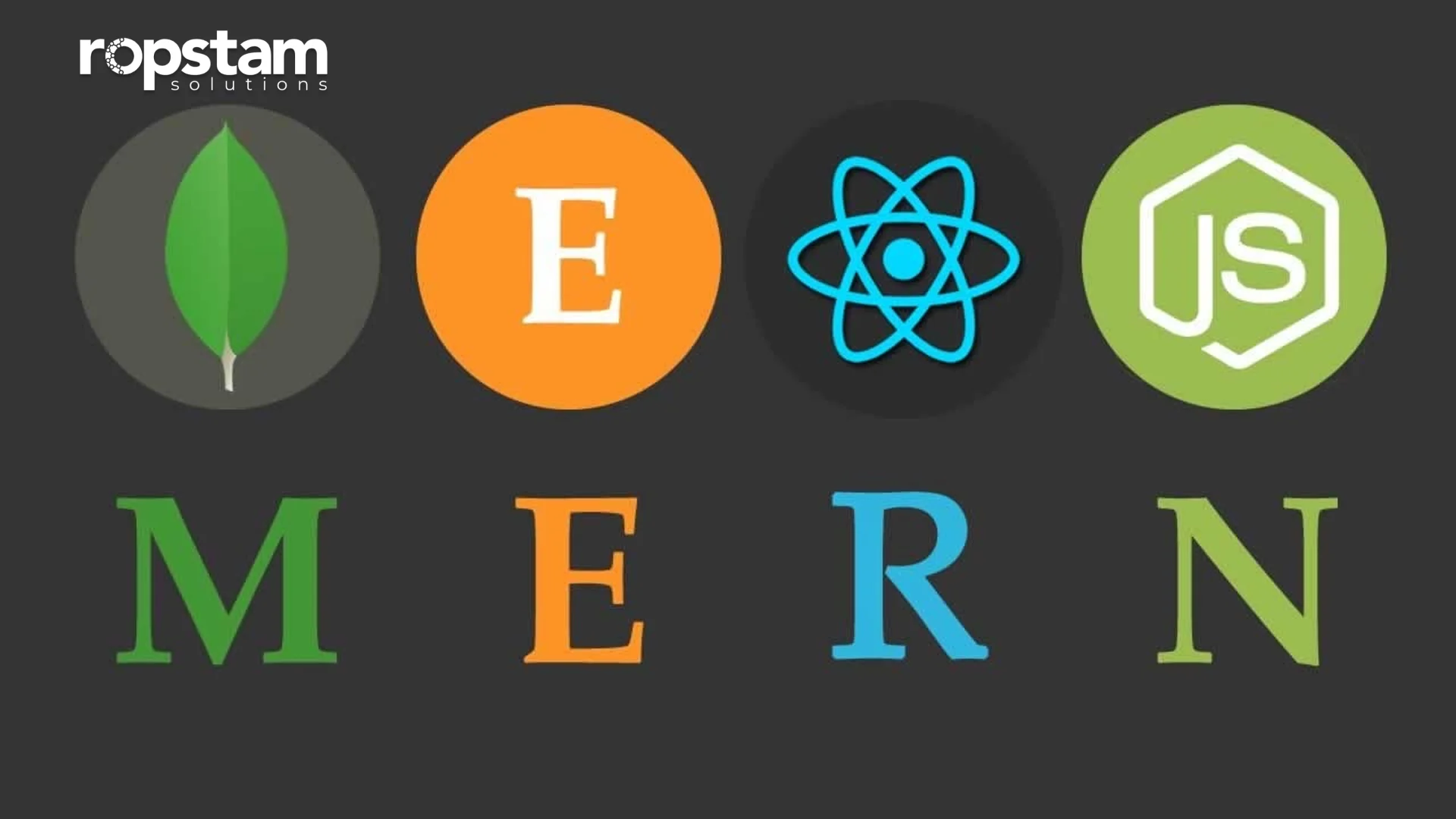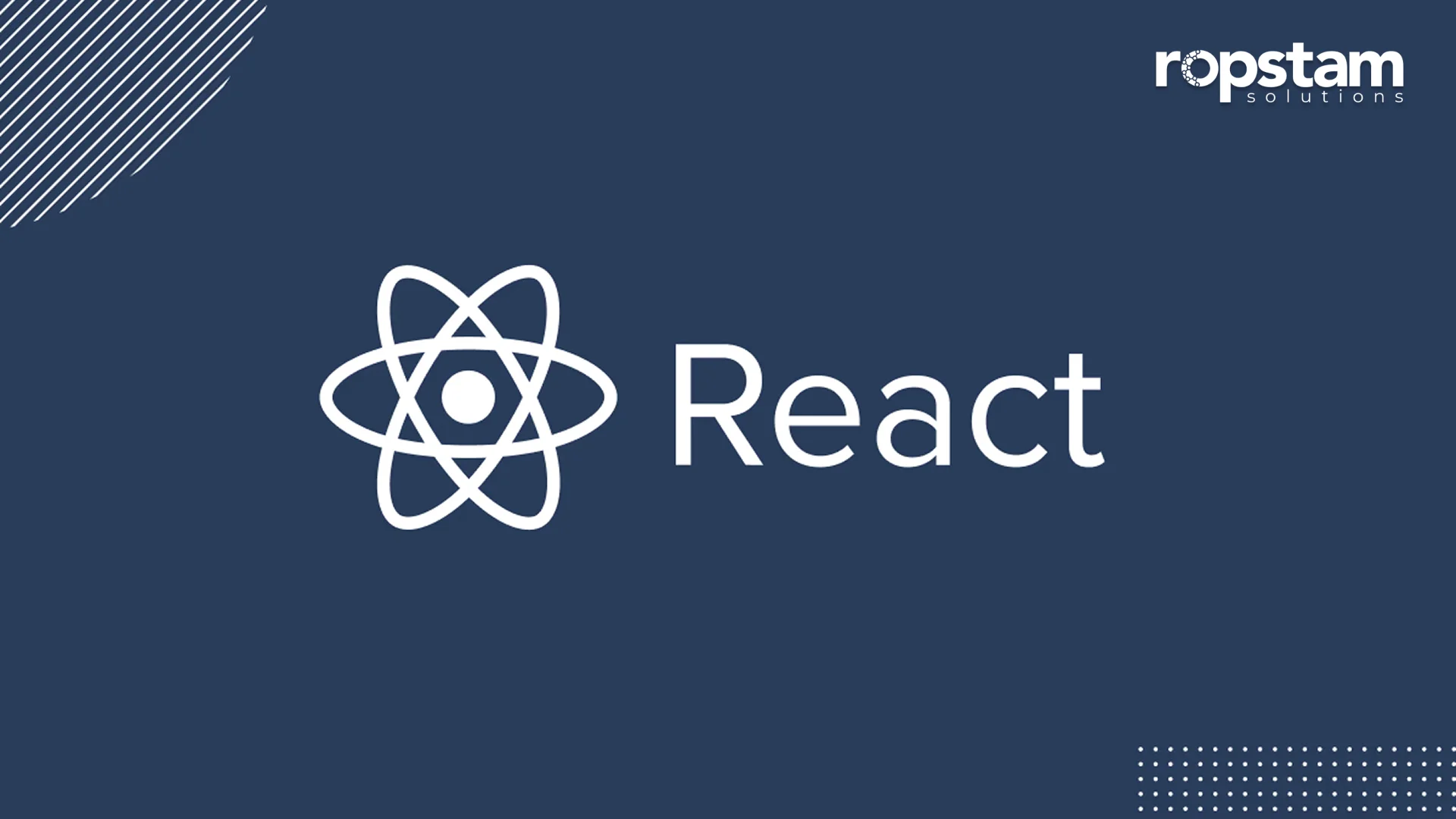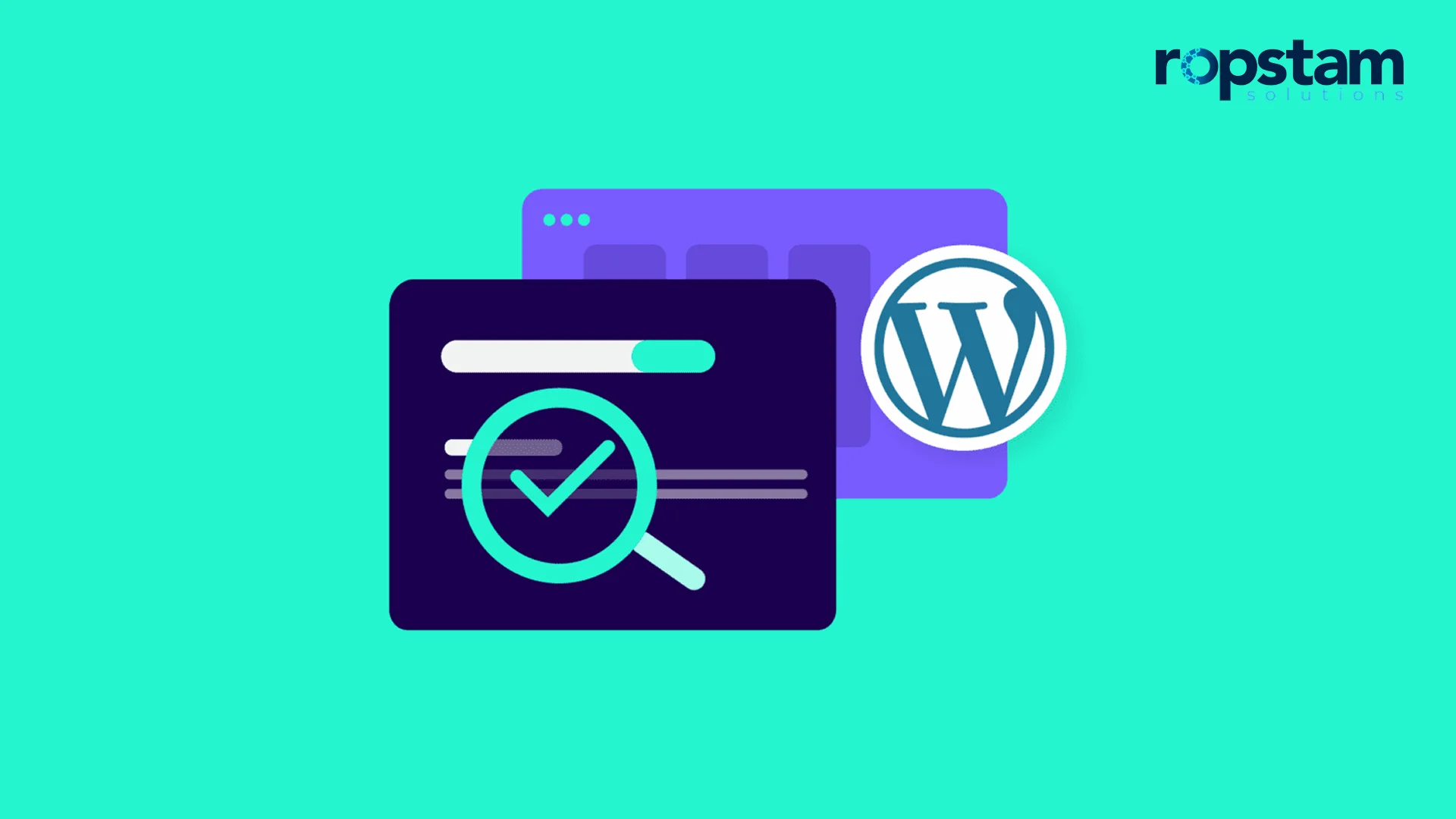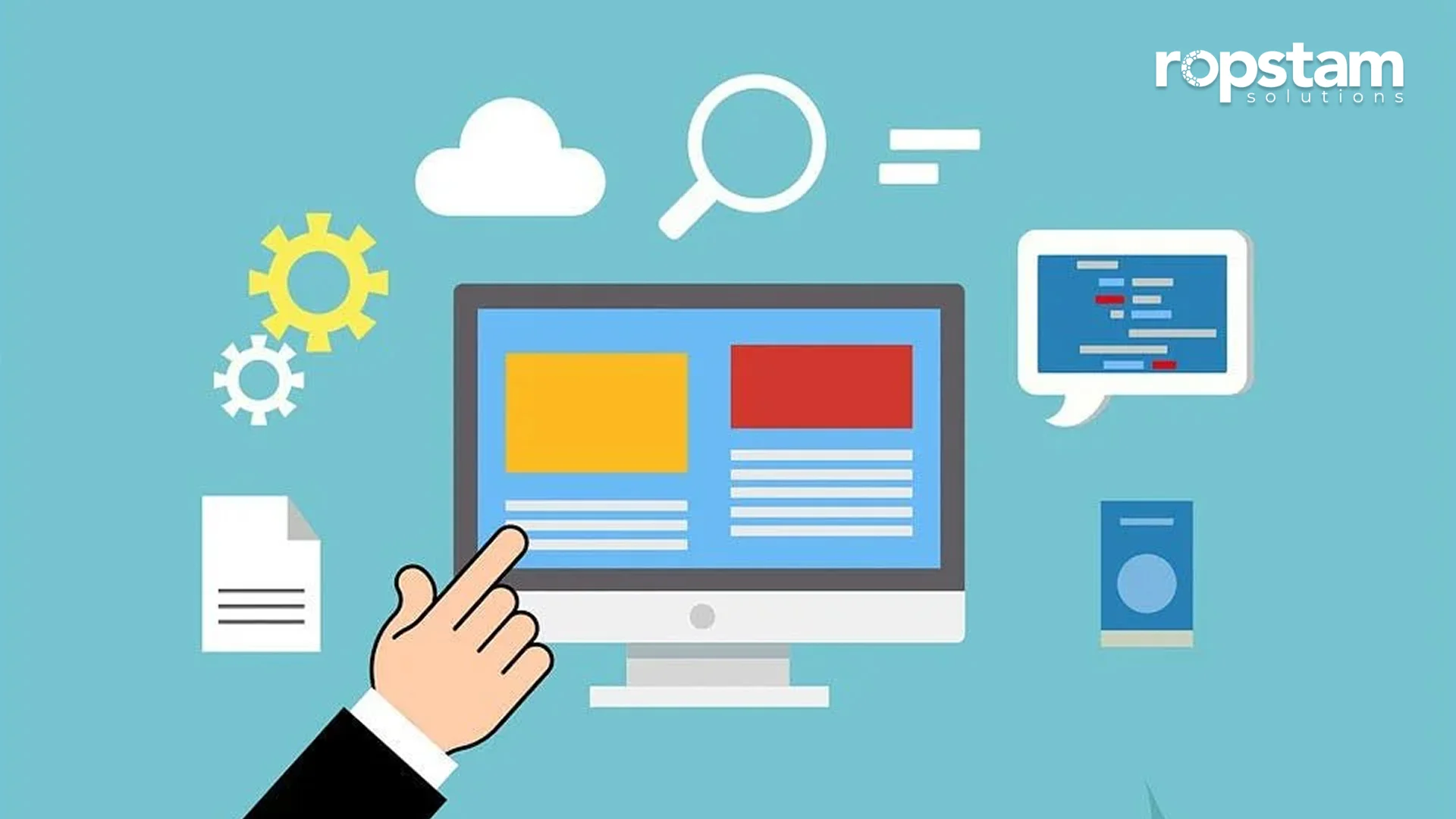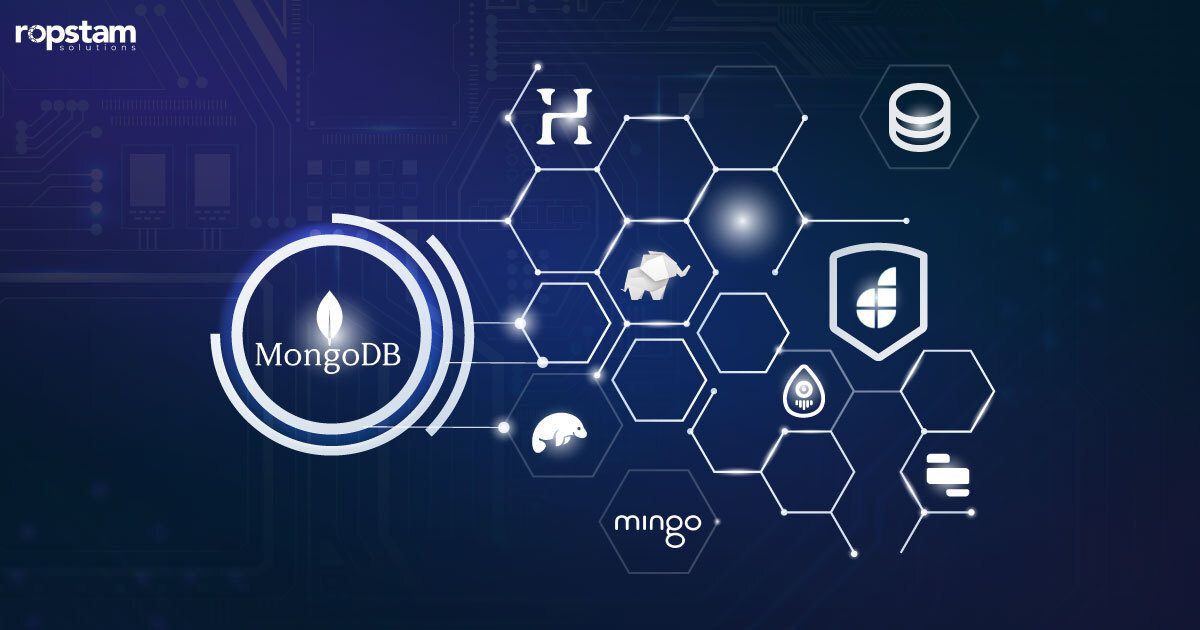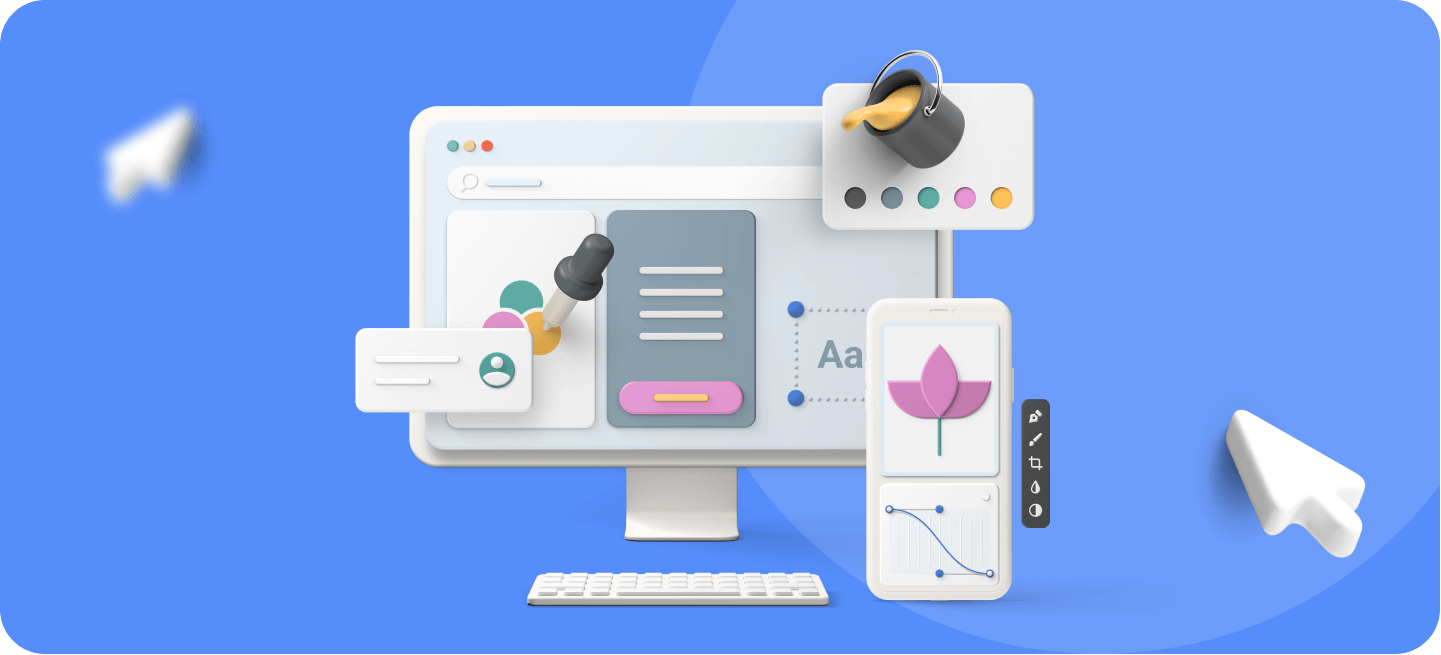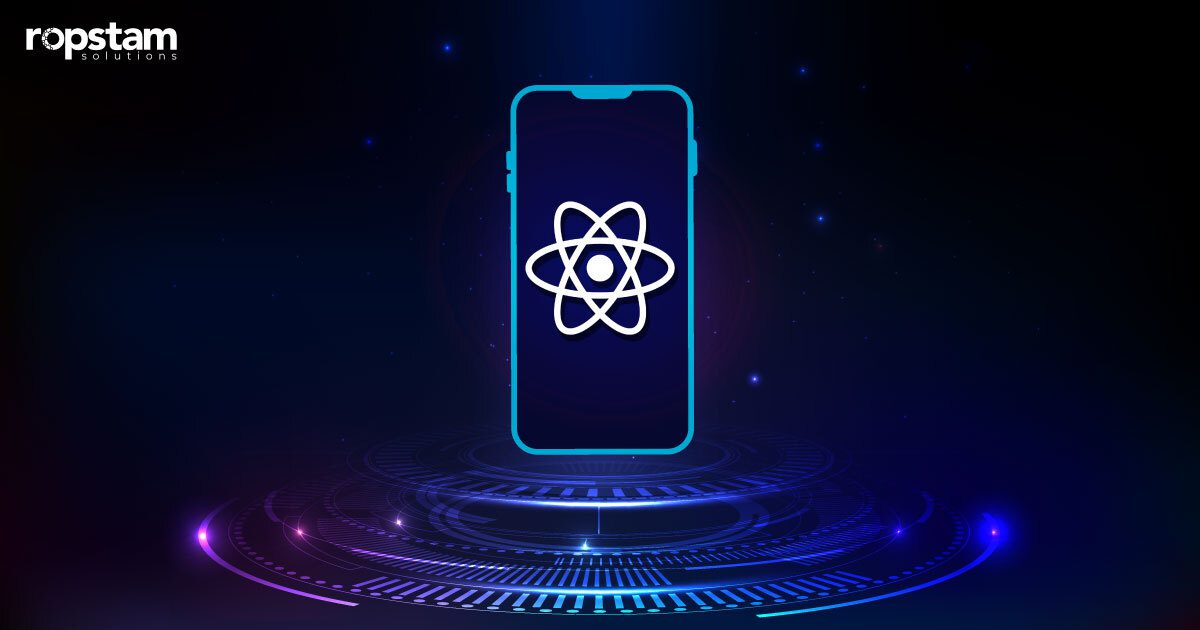Software as a Service (SaaS) is a software delivery method based on the cloud that allows data to be accessed from any device connected to the internet. It is a subscription model in which software is centrally hosted. Rather than purchasing an application, users can subscribe to use the application.
When we talk about the SaaS development framework, it is a pre-built framework that offers a unique set of tools and libraries to speed up the development of SaaS applications. By leveraging SaaS frameworks, SaaS developers are required to focus primarily on the application’s business logic instead of spending time on lower-level technical details.
To learn more about the best SaaS development frameworks and their main features, keep reading this blog:
List of Best SaaS Frameworks
Given the immense popularity of SaaS frameworks – the SaaS industry has increased by approximately 500% in the last seven years – there are a number of SaaS development frameworks available online. Following is the list of some of the most popular SaaS frameworks commonly used by developers:
- React.js
- Vue.js
- Angular
- Node.js
- Django
- Laravel
- Ruby on Rails
- Express.js

1) React.js
React.js, a front-end library, proves indispensable for SaaS applications. Its component-based architecture streamlines UI development, offering reusability and modularity. Virtual DOM optimizes performance by minimizing real DOM updates.
React’s ecosystem, encompassing state management libraries like Redux, empowers seamless data flow. This library seamlessly integrates with backend technologies, rendering interactive and responsive user interfaces pivotal for delivering exceptional SaaS experiences.
2) Vue.js
A progressive JavaScript framework, Vue.js, shines as a SaaS framework due to its versatility and efficiency. Offering seamless two-way data binding and component-based architecture like Reac, Vue.js simplifies SaaS application development. Its reactivity feature ensures real-time updates, enhancing user experience.
Vue’s adaptability allows gradual integration, making it ideal for adding features to existing SaaS platforms. With a strong community, comprehensive documentation, and robust tooling, Vue.js empowers developers to create dynamic, scalable, and user-centric SaaS solutions efficiently.
3) Angular
Angular, a versatile front-end framework, empowers Software as a Service (SaaS) applications with its modular architecture, data binding, and dependency injection. It streamlines SaaS development by providing a comprehensive set of tools for building responsive and dynamic user interfaces. Its declarative approach simplifies complex tasks, while features like two-way data binding and built-in testing tools accelerate development cycles.
Angular’s robust ecosystem and community support ensure scalability, maintainability, and the creation of feature-rich SaaS products that resonate with modern user expectations.
4) Node.js
While Node.js is not a front-end framework, it is a critical SaaS development framework. An essential component in modern SaaS frameworks, Node.js empowers rapid development and scalability. Leveraging JavaScript for both client and server sides, Node.js offers real-time capabilities crucial for SaaS interactivity. Its event-driven architecture optimizes I/O operations, enhancing user experiences.
With an extensive library ecosystem and non-blocking nature, Node.js boosts efficiency, catering to high-performance SaaS platforms. Its lightweight footprint and single programming language streamline development, making it an ideal choice for building agile, responsive, and robust SaaS solutions.
5) Django
Django, a robust Python web framework, is a stellar choice for SaaS development. It offers rapid application creation with reusable components, built-in security mechanisms, and an ORM for effortless database management.
With its scalability and adherence to the DRY (Don’t Repeat Yourself) principle, Django streamlines SaaS development, allowing teams to focus on crafting innovative features while ensuring a secure and efficient user experience. It’s rich ecosystem and community support further enhance its suitability for building top-notch SaaS platforms.
6) Laravel
A famed PHP web framework, Laravel shines as an ideal SaaS foundation. Its expressive syntax, modular structure, and built-in tools streamline SaaS development. With authentication scaffolding, routing, and database interaction made effortless, developers can swiftly create scalable and secure SaaS solutions.
Laravel’s extensive ecosystem and active community contribute to its adaptability, enabling developers to focus on crafting unique features and delivering exceptional user experiences in the SaaS realm. These features make Laravel one of the best SaaS frameworks.
7) Ruby on Rails (RoR)
It is a powerful SaaS framework that streamlines the development of web applications and Software as a Service platforms. Known for its elegant syntax and developer-friendly environment, RoR accelerates SaaS development with its convention-over-configuration approach.
Its rich set of libraries and modules simplify common tasks, allowing developers to focus on creating unique features. RoR’s scalability, security, and extensive community support make it a preferred choice for building easy-to-use and innovative SaaS solutions efficiently.
8) Express.js
Express.js is a minimalist Node.js framework that serves as a foundation for building scalable and efficient Software as a Service (SaaS) applications. Its lightweight design streamlines backend development, making it an ideal choice for creating backend APIs and services that power SaaS platforms.
With a robust middleware ecosystem, it simplifies tasks like authentication, routing, and data manipulation. This allows SaaS developers to focus on crafting innovative features, enhancing user experiences, and delivering solutions faster while maintaining code quality and performance.
How to Choose the Right SaaS Framework
Now that you are aware of the basic purposes as well as types of SaaS frameworks, one key question still needs to be answered: How can one select the best SaaS framework for a project? It Is crucial to identify the most suitable SaaS framework since it directly affects your business’s finances and other key decisions.
Let’s have a look at the most significant factors that influence the selection of the best SaaS framework:
1) Business Requirements
One thing to keep in mind is that you should never select a framework just because it’s famous and trending. The business requirements of each organization are varying, and just because a SaaS framework works wonders for a high-level enterprise, it doesn’t mean it’s ideal for every project. Therefore, you must ensure that the framework you select boasts features that are suitable for your project.
2) Development Price
Another key factor that influences the SaaS framework selection process is the price of framework development. Work within the constraints of your budget and ensure that the framework you have selected isn’t too costly in relation to your project.
3) Performance and Reliability
While price is an important constituent, don’t let it affect your decision-making too much. Many cheap SaaS frameworks promise efficiency and sustainability, but the reality is far different. That’s why you should always prefer a SaaS framework that not only provides high performance but also offers sustainability and reliability to make sure your framework performs as well as you want.
4) Customer Support
It doesn’t matter how strong the framework is, there are bound to be a few errors in the development stage. At that stage, you need customer support to get back into the game. Therefore, you must ensure that the framework you select is a SaaS framework with reliable and quick customer support. This way, if an error occurs, you can contact customer support to resolve it quickly.
5) Scalability
While considering some of the best SaaS frameworks, scalability is one of the most important factors you should consider. In this day and age of technological advancements, you must choose a framework that supports your company’s growth not just in the current era but also in the future.
That’s the reason why you should adopt a framework that supports higher usage and more scalable architecture. This way, once your business expands, the scalable SaaS framework will adjust accordingly.
SaaS Application Development Best Practices
Given the popularity of SaaS development frameworks, it’s important to underline some of the best SaaS application development practices. The following passage guides the readers by highlighting the best practices that should be adopted:
1) Prioritize Mobile First Approach
According to a recent statistical report, more than 85% of the global population is in possession of a smartphone. This is why you should always prefer a mobile-first approach while building a SaaS application.
Such an eye-catching approach enables users to navigate the website easily and complete their tasks without any hassle. Consequently, your business will expand as the website or web application will attract more visitors.
2) Focus on Security
With the ever-increasing popularity of SaaS frameworks, cyberattacks on SaaS applications are also getting more and more common. The attackers tend to exploit any weak points or potential vulnerabilities to act upon their malicious intent. That’s why it’s pertinent to give special consideration to the security aspects of enterprise applications.
Any suspicious activity or unsuccessful login attempt must be immediately reported to the system administrators to avoid any data breach. Moreover, any SaaS software must provide effective security at every layer of the application.
3) Perform A/B Testing
Before developing a particular SaaS application, you should ensure that the finalized design is interactive and user-friendly. With A/B testing, you can get user feedback to pinpoint the user-friendlier web page design.
In A/B testing, two different design versions are presented to the users to get their input and feedback. Based on this input, the more creative and interactive one is finalized, and the SaaS application is developed based on this selected design.
4) Understand Your Target Audience
One of the most crucial factors before starting the SaaS application development process is understanding the needs and demands of your target audience. You must put the end-user at the center of your development phase to create a SaaS application that adds more value and meets the expectation of the potential users.
That’s why it is of paramount importance to perform comprehensive market research before kickstarting the development process to gain user feedback and evaluate customer demands.
5) Provide Rapid Customer Support
As mentioned earlier, customer satisfaction is the key to the success of your SaaS application. Throughout the lifecycle of your SaaS application, you must offer exceptional customer support to resolve any potential errors that the end user might encounter.
To ensure efficient customer support, perform market research to establish an efficient knowledge base and documentation. By putting immense resources and time into ensuring customer support, you can create a strong customer relationship and brand image, ultimately leading to more success for your business.
Best Platforms to Build SaaS
Building a Software as a Service (SaaS) platform requires a solid technological foundation that provides scalability, security, and flexibility. Choosing the right platform is essential to ensure seamless development, deployment, and ongoing management of your SaaS application. Let’s delve into some of the best platforms for building SaaS solutions.
1) Cloud Infrastructure Providers
Cloud infrastructure providers offer a plethora of services and resources that facilitate SaaS development. Amazon Web Services (AWS), Microsoft Azure, and Google Cloud Platform (GCP) provide scalable infrastructure, computing power, storage, and various services. These platforms allow you to deploy applications globally, leverage advanced security features, and benefit from managed services like databases, authentication, and analytics.
2) Platform as a Service (PaaS) Solutions
PaaS solutions like Heroku, Google App Engine, and Microsoft Azure App Service abstract much of the underlying infrastructure complexity, allowing developers to focus on code and functionality. These platforms offer automated deployment, scaling, and maintenance, reducing the operational burden and speeding up development cycles.
3) Docker and Kubernetes
Containers, managed by platforms like Docker and orchestrated using Kubernetes, have revolutionized SaaS development. They provide consistency across different environments, making deployment and scaling easier. Kubernetes handles container orchestration, load balancing, and scaling, ensuring your SaaS application runs reliably and efficiently.
4) Serverless Platforms
Serverless computing offers an event-driven model where you pay only for the actual resources consumed. AWS Lambda, Azure Functions, and Google Cloud Functions allow developers to focus on writing code without managing infrastructure. This is particularly useful for smaller SaaS applications or microservices.
5) Backend-as-a-Service (BaaS) Providers
BaaS providers like Firebase and Backendless offer pre-built backend services, including databases, authentication, storage, and more. These platforms accelerate development by handling backend complexities, enabling developers to concentrate on frontend and application logic.
6) Content Management Systems (CMS)
For SaaS platforms requiring content management, CMS like WordPress (with plugins like WooCommerce for e-commerce) or headless CMS like Strapi and Contentful offer tools for managing and delivering content to your application.
7) Frameworks
Choosing the right programming framework can significantly impact your SaaS development. Frameworks like Ruby on Rails, Django, Laravel, and Express.js offer libraries, templates, and tools that streamline development, maintainability, and extensibility.
8) Low-Code and No-Code Platforms
Low-code and no-code platforms like OutSystems, Mendix, and Bubble cater to businesses with limited technical resources. They allow users to build functional SaaS applications through visual interfaces, reducing development time and technical barriers.
9) API Management Platforms
API management platforms like Apigee and Kong are crucial if your SaaS platform exposes APIs for integrations. These platforms provide security, analytics, and control over your API ecosystem.
10) Mobile Development Platforms
If your SaaS includes mobile apps, platforms like React Native, Flutter, and Xamarin enable cross-platform mobile app development, reducing the effort and cost required to create native-like experiences on iOS and Android.
Conclusion
The future belongs to SaaS services, and as a developer, you must be aware of the best SaaS frameworks that facilitate the development process. Some of the best SaaS frameworks that can be utilized are React.js, Vue.js, Laravel, Express.js, etc. It is extremely crucial to be aware of the recent market trends to prioritize customer support and build brand loyalty.

